Bach-Ständelwurz
Epipactis rivularis KRANJČEV & ČIČMIR (2006)
Typus:
Kroatien, Zagreb, Medvednica bei Gornje Vrapče, 280 m s. m. 02.09.2006, hinterlegt im kroatischen Herbar des botanischen Instituts der Universität Zagreb
Synonyme:
Epipactis albensis NOVÁKOVÁ & J. RYDLO subsp. rivularis (KRANJČEV & ČIČMIR) KREUTZ
Etymologie:
Benannt nach dem Wuchsort entlang eines kleinen Baches.
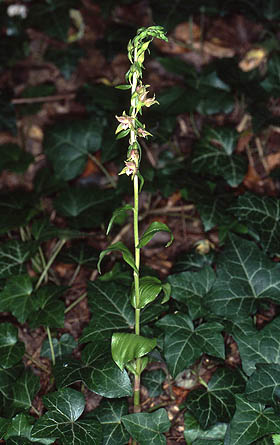
Abb. 1
Kroatien, Gornje Vrapče (loc.typ.), 22.07.2007
Foto: SH
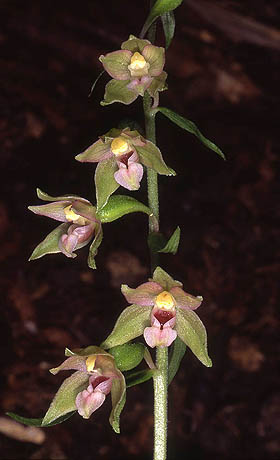
Abb. 2
Kroatien, Gornje Vrapče (loc.typ.), 02.08.2008
Foto: SH
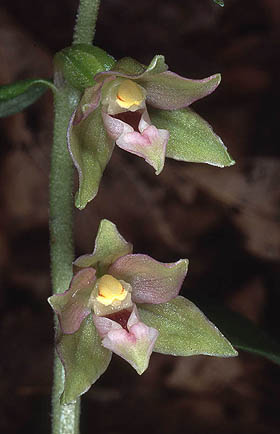
Abb. 3
Kroatien, Gornje Vrapče (loc.typ.), 22.07.2007
Foto: SH

Abb. 4
Kroatien, Gornje Vrapče (loc.typ.), 02.09.2007
Foto: HP
Größe und Wuchs : |
kleine bis mittelgroße Pflanzen, 10-23 (34) cm hoch |
Stängel: |
manchmal in Gruppen bis zu vier Pflanzen, mittlere Stärke, gerade, grün, kann im unteren Teil rosaviolett überlaufen sein, schwach behaart |
Blätter: |
Niederblätter 1-2, manschettenförmig, Laubblätter 2-4, bis 5,5 cm lang und bis 3,4 cm breit, weich, eiförmig bis lanzettlich, zugespitzt, waagerecht stehend, oft sichelförmig gebogen, grün, Hochblätter 0 - 1, schmal lanzettlich |
Blütenstand: |
6-8 (10) cm lang, ca. ein Drittel der Pflanzenhöhe, eher locker, (3) 4-9 (15) Blüten, einseitswendig; Spindel schwach und kurz weißlich behaart |
Fruchtknoten und Stiel: |
grün, kaum behaart, Stiel eher kurz, grün, am Ansatz mehr oder weniger violett, sehr schwach behaart; Früchte eiförmig |
| Tragblätter: | schmal bis breit lanzettlich, waagrecht bis leicht nach unten weisend, die unteren etwas länger als die Blüten, nach oben hin kürzer werdend |
Blüten: |
mittelgroß, leicht hängend bis waagerecht abstehend, fast geschlossen bis relativ weit geöffnet |
| Bestäubung: | autogam |
Sepalen: |
grün, z.T. mit leicht rötlichem Rand, außen oft leicht rötlich überlaufen, selten und relativ schwach auch innen rötlich überlaufen, 10-11 mm lang, 4,5-6 mm breit |
Petalen: |
außen und innen blassrosa mit grünlichem Zentrum, 9 mm lang, 4 mm breit |
Hypochil: |
so lang wie breit bis länger als breit, mittlere Tiefe, rötlich bis hell rotbraun, Nektar führend |
| Durchgang zwischen Hypo- und Epichil: | sehr schmal bis mittlere Breite mit breitem Kragen |
Epichil/Kalli: |
breit herzförmig zugespitzt mit vorgestreckter, selten umgeschlagener Spitze, 3,5 mm lang und 3,5-4 mm breit, in etwa so lang wie breit, breiter als das Hypochil, blassrosa, an der Spitze meist blassgrünlich angehaucht, mit zwei eher kräftigen und fast ungegliederten Kalli, sowie einem kurzen, farblich nicht immer abgehobenen Mittelkallus (dieser farblich leicht abgehoben) |
Gynostemium: |
Klinandrium schwach entwickelt, Rostellum gut entwickelt, Viscidium vorhanden aber funktionslos und bald eintrocknend, Narbe rechteckig, in der Mitte ausgehöhlt, Anthere kurz gestielt, Pollinien bröselig und dadurch auf die Narbe quellend |
Blütezeit: |
(A) E7 – A9 (E10) |
Verwechslungsmöglichkeit:
Epipactis rivularis unterscheidet sich von den meisten anderen Auwald-Arten durch längere Blätter und eine stärkere Rosafärbung der Blüten.
Morphologisch erscheint ihr Epipactis mecsekensis am ähnlichsten. Diese hat aber in allen Blütenteilen mehr Brauntöne (dunkelbraunes Hypochil, oft bräunlicher Mittelkallus, bräunlich-grüne Sepalen). Außerdem ist das Hypochil von Epipactis mecsekensis auffallend größer und meist länger als breit mit schmalem Kragen, das Epichil ist in der Regel kleiner und schmaler als das Hypochil, der kleine Bereich mit Grünfärbung liegt zwischen den Seitenkalli und nicht an der Epichilspitze. Die Spitze des Epichils ist bei Epipactis mecsekensis meist vorgestreckt, während sie bei Epipactis rivularis eher nach unten gebogen ist. Insgesamt wirkt Epipactis rivularis zierlicher mit breiteren Blättern (siehe hier).
Verbreitung
Gebiet: |
bisher nur von einem Fundort im Westteil des Medvednica, nördlich von Zagreb bekannt |
Höhe: |
250 - 320 m |
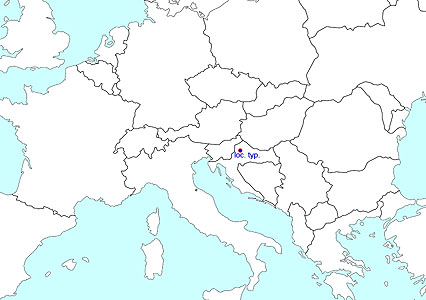
Stand 2011
Verbreitungsgebiet
Kartenquelle: www.mygeo.info
Boden: |
feuchte Böden über Kalk, mit ausreichend Feuchtigkeit zur Blütezeit |
Exposition: |
südostseitig |
Biotoptyp: |
Bachränder und begleitender Laubmischwald, immer mit Sambucus niger |
Epipactis rivularis ist nur von einem einzigen Fundort bekannt. In der weiteren Umgebung wurde bisher nur Epipactis nordeniorum gefunden. Später blühende Pflanzen sind blasser als die im August blühenden Pflanzen.
-
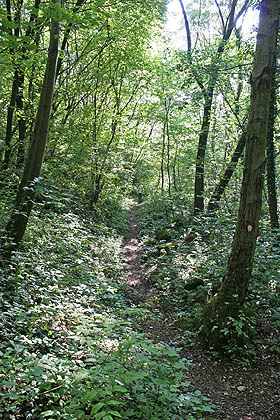
Abb. 5
Kroatien, Gornje Vrapče (loc.typ.), 01.08.2008
Foto: HZ

Abb. 6
Kroatien, Gornje Vrapče (loc.typ.), 02.09.2007
Foto: HP

Abb. 7
Kroatien, Gornje Vrapče (loc.typ.), 01.08.2008
Foto: HZ

Abb. 8
Kroatien, Gornje Vrapče (loc.typ.), 22.07.2007
Foto: SH
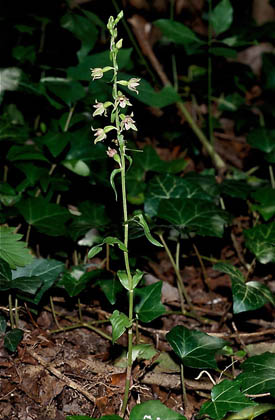
Abb. 9
Kroatien, Gornje Vrapče (loc.typ.), 01.08.2008
Foto: EG

Abb. 10
Kroatien, Gornje Vrapče (loc.typ.), 22.07.2007
Foto: SH

Abb. 11
Kroatien, Gornje Vrapče (loc.typ.), 01.08.2008
Foto: EG

Abb. 12
Kroatien, Gornje Vrapče (loc.typ.), 22.07.2007
Foto: SH

Abb. 13
Kroatien, Gornje Vrapče (loc.typ.), 01.08.2008
Foto: HZ
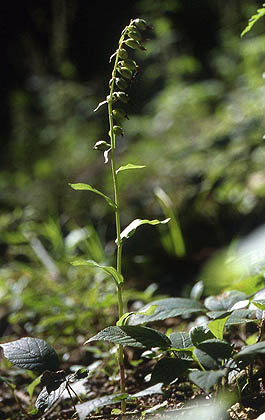
Abb. 14
Kroatien, Gornje Vrapče (loc.typ.), 02.09.2007
fruchtendes Exemplar
Foto: HP
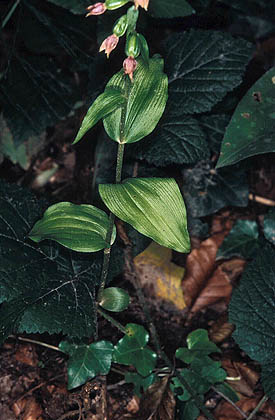
Abb. 15
Kroatien, Gornje Vrapče (loc.typ.), 01.08.2008
Foto: WW

Abb. 16
Kroatien, Gornje Vrapče (loc.typ.), 30.08.2009
Foto: HP

Abb. 17
Kroatien, Gornje Vrapče (loc.typ.), 01.08.2008
Foto: WW
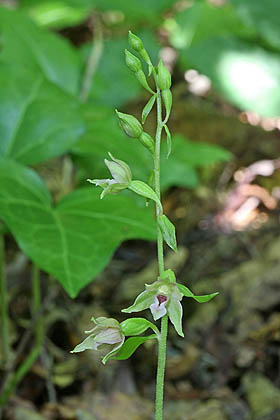
Abb. 18
Kroatien, Gornje Vrapče (loc.typ.), 01.08.2008
Foto: HZ
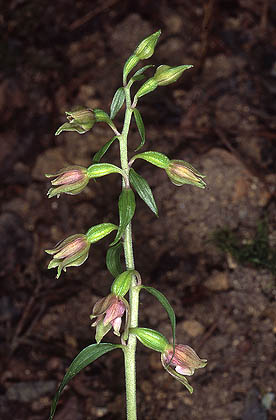
Abb. 19
Kroatien, Gornje Vrapče (loc.typ.), 22.07.2007
Foto: SH
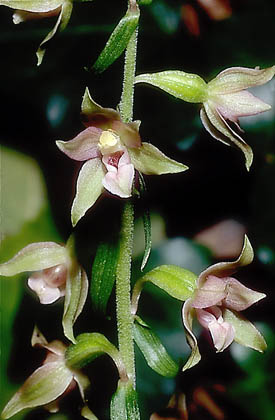
Abb. 20
Kroatien, Gornje Vrapče (loc.typ.), 01.08.2008
Foto: EG

Abb. 21
Kroatien, Gornje Vrapče (loc.typ.), 02.09.2007
Fruchtstands-Ausschnitt
Foto: HP
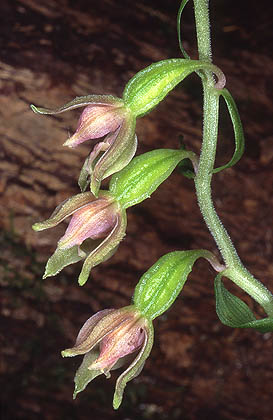
Abb. 22
Kroatien, Gornje Vrapče (loc.typ.), 22.07.2007
Foto: SH
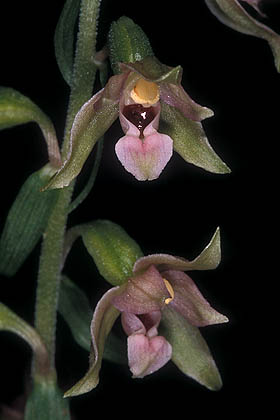
Abb. 23
Kroatien, Gornje Vrapče (loc.typ.), 01.08.2008
Foto: WW

Abb. 24
Kroatien, Gornje Vrapče (loc.typ.), 22.07.2007
Foto: SH
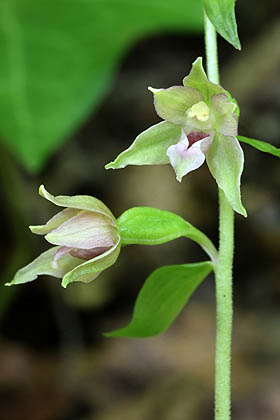
Abb. 25
Kroatien, Gornje Vrapče (loc.typ.), 01.08.2008
Foto: HZ
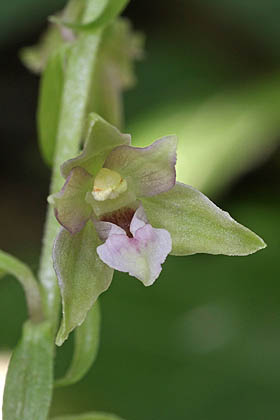
Abb. 26
Kroatien, Gornje Vrapče (loc.typ.), 01.08.2008
Foto: HZ
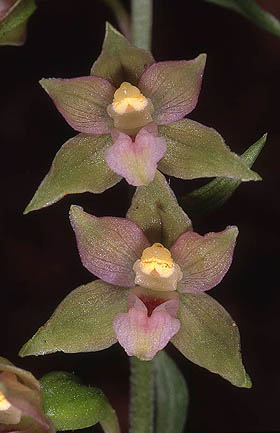
Abb. 27
Kroatien, Gornje Vrapče (loc.typ.), 02.08.2008
Foto: SH
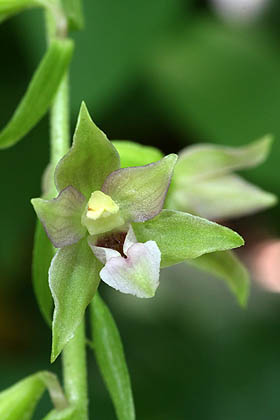
Abb. 28
Kroatien, Gornje Vrapče (loc.typ.), 01.08.2008
Foto: HZ
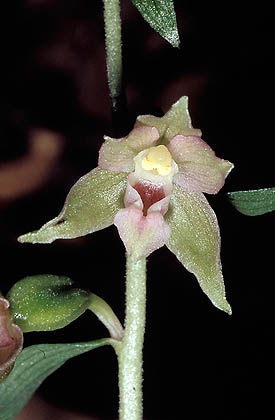
Abb. 29
Kroatien, Gornje Vrapče (loc.typ.), 01.08.2008
Foto: EG
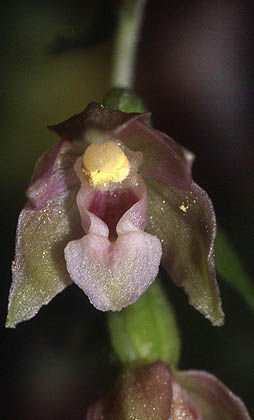
Abb. 30
Kroatien, Gornje Vrapče (loc.typ.), 30.08.2009
Foto: HP

Abb. 31
Kroatien, Gornje Vrapče (loc.typ.), 30.08.2009
Foto: HP

Abb. 32
Kroatien, Gornje Vrapče (loc.typ.), 22.07.2007
Foto: SH
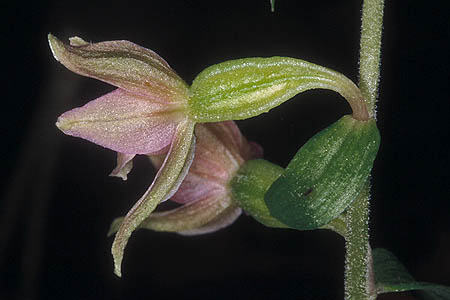
Abb. 33
Kroatien, Gornje Vrapče (loc.typ.), 01.08.2008
Foto: WW
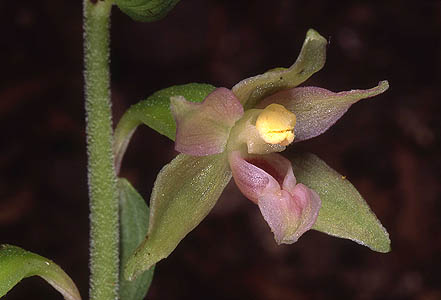
Abb. 34
Kroatien, Gornje Vrapče (loc.typ.), 02.08.2008
Foto: SH
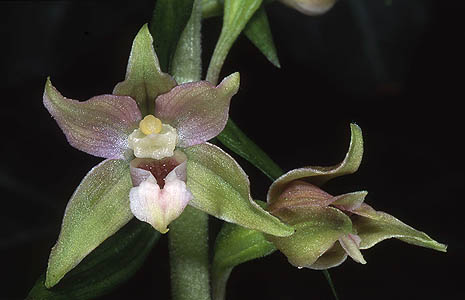
Abb. 35
Kroatien, Gornje Vrapče (loc.typ.), 22.07.2007
Foto: SH
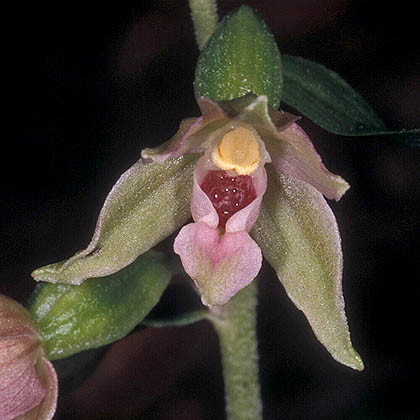
Abb. 36
Kroatien, Gornje Vrapče (loc.typ.), 01.08.2008
Foto: WW
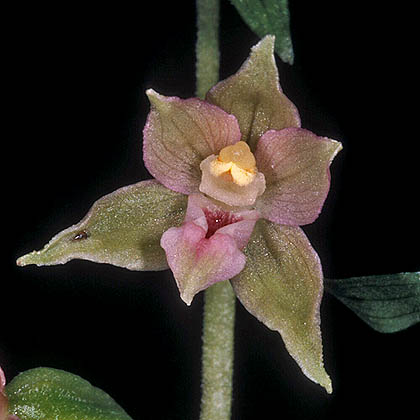
Abb. 37
Kroatien, Gornje Vrapče (loc.typ.), 01.08.2008
Foto: WW
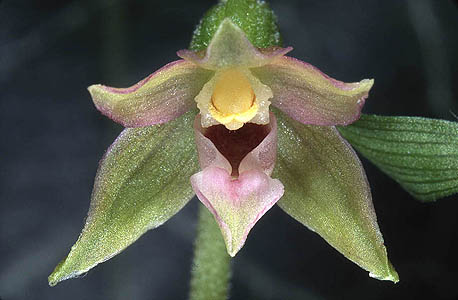
Abb. 38
Kroatien, Gornje Vrapče (loc.typ.), 22.07.2007
Foto: SH

Abb. 39
Kroatien, Gornje Vrapče (loc.typ.), 22.07.2007
Foto: SH

Abb. 40
Kroatien, Gornje Vrapče (loc.typ.), 02.08.2008
Foto: SH

Abb. 41
Kroatien, Gornje Vrapče (loc.typ.), 02.08.2008
Foto: SH

Abb. 42
Kroatien, Gornje Vrapče (loc.typ.), 02.08.2008
Foto: SH
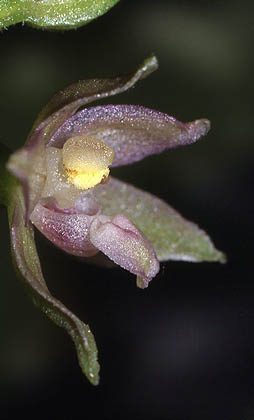
Abb. 43
Kroatien, Gornje Vrapče (loc.typ.), 30.08.2009
Foto: HP
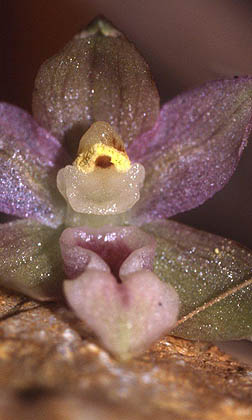
Abb. 44
Kroatien, Gornje Vrapče (loc.typ.), 30.08.2009
Foto: HP
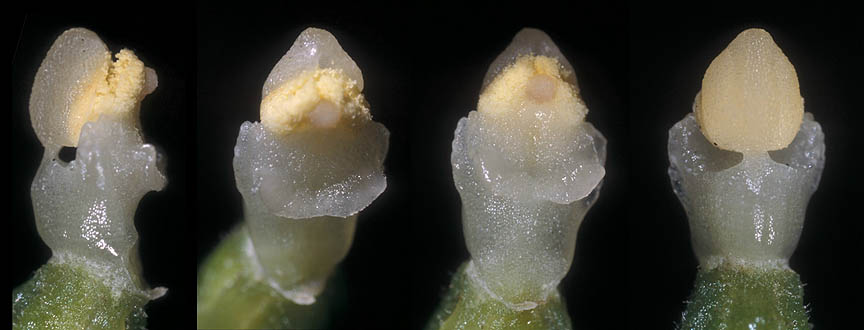
Abb. 45
Kroatien, Gornje Vrapče (loc.typ.), 01.08.2008
Säulchenstudie
Foto: WW

Abb. 46
Kroatien, Gornje Vrapče (loc.typ.), 01.08.2008
Detail des Blattrandes
Foto: WW

Abb. 48
Blütenvergleich von der Seite
Foto: WW

Abb. 49
Foto: WW